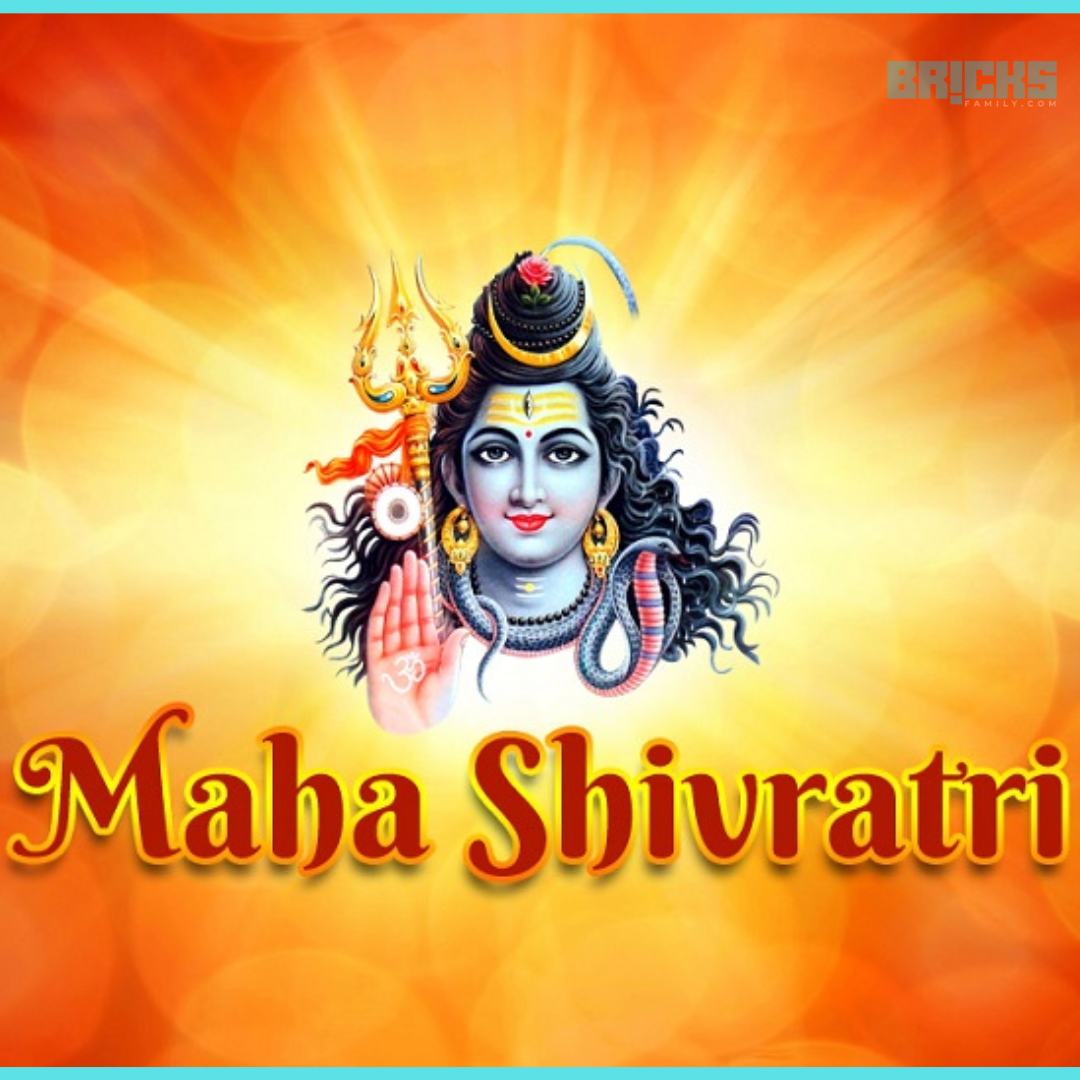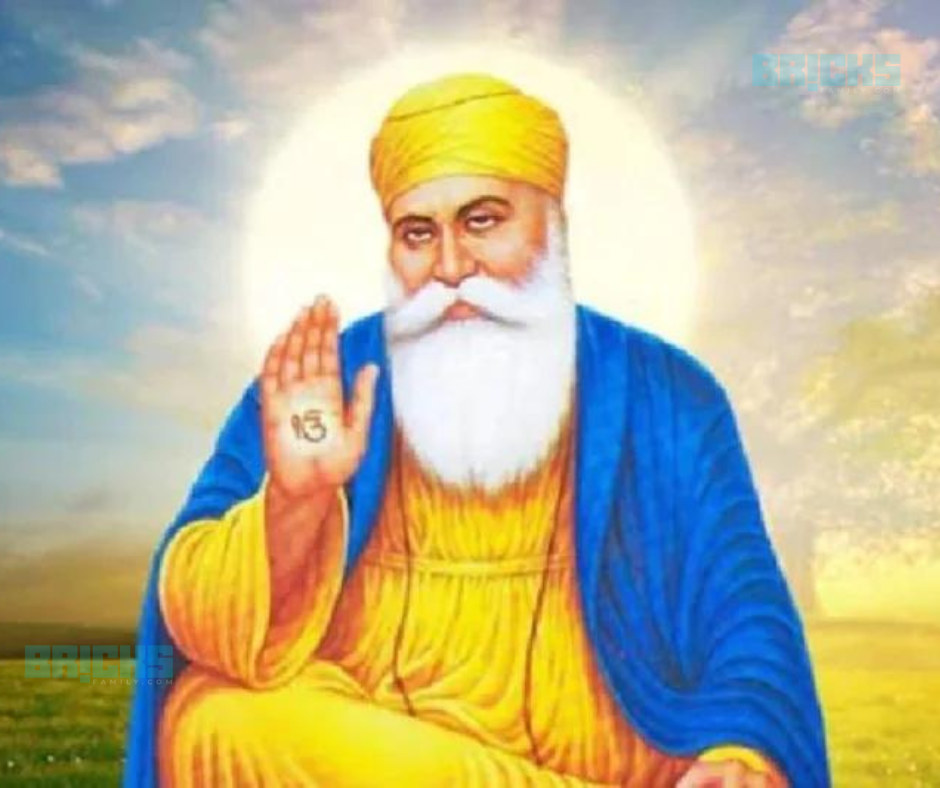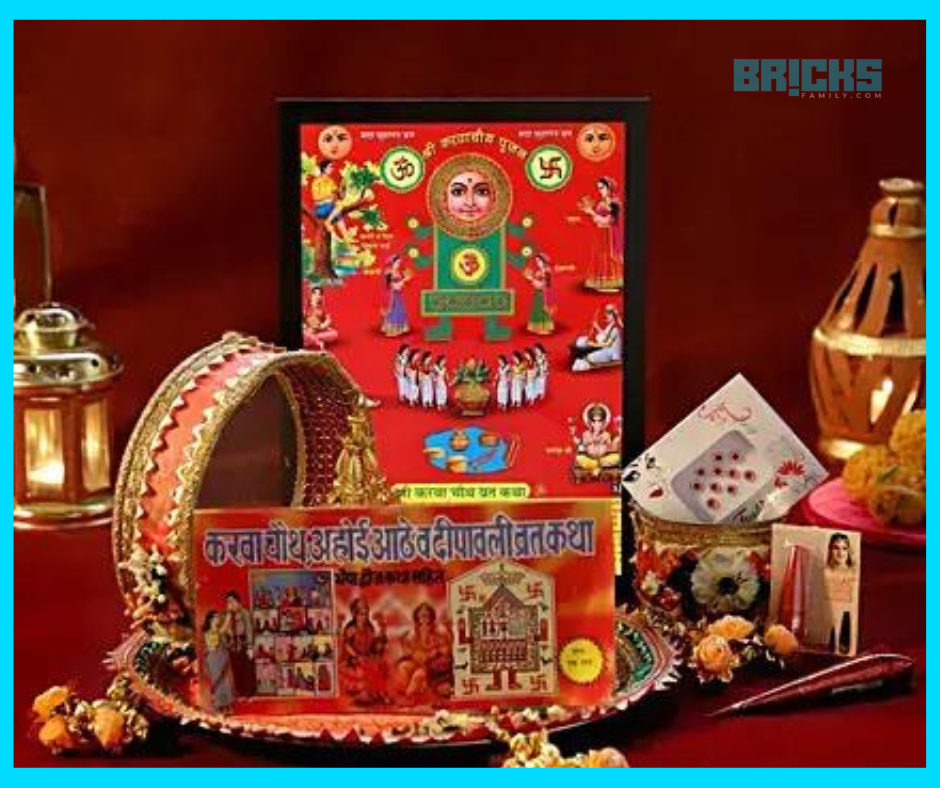Mahashivratri is a prominent Hindu festival dedicated to Lord Shiva. Millions of people around the nation observe a one-time annual event by fasting and being awake all day and night. Let’s have a look at Mahashivratri 2023 – Fasting at Home, Story, and Difference between Mahashivratri and Shivratri.
Mahashivratri is an annual festival that takes place between February and March. It is widely accepted that Lord Shiva conducts his Tandava dance on this night.
The purpose of this celebration is to dispel ignorance and evil from the earth. Spiritual seekers look forward to Mahashivratri because they believe it will be the day they reach their spiritual zeniths and progress toward a deeper relationship with God.
Mahashivratri 2023 Date
Every year on Chaturdashi, the 14th day of the lunar calendar ending Krishna Paksha in the Hindu month of Phalguna (according to the North Indian calendar), or the Maagha month, the Mahashivratri fast is held (as per the South Indian calendar). According to the Gregorian calendar, this occurs between the middle of February and the middle of March. The date of Mahashivratri in 2023 is Saturday, February 18.
Difference between Shivratri and Mahashivratri festival
Shivratri and Mahashivratri need to be more frequently understood. The most notable shivratri is Mahashivratri. Shivratri takes place each month. However, Mahashivratri only happens once a year.
Shivratri is a twelve-day celebration held once a year to honour Lord Shiva. Every lunar month, on the fourteenth day, people celebrate Shivratri. To put it simply, it is also the day before the new moon.
Mahashivratri, one of the 12 Shivratri, occurs between February and March. The word “maha” signifies the most important. This is the biggest or most significant Shivratri celebration in the Hindu calendar.
History Behind Mahashivratri
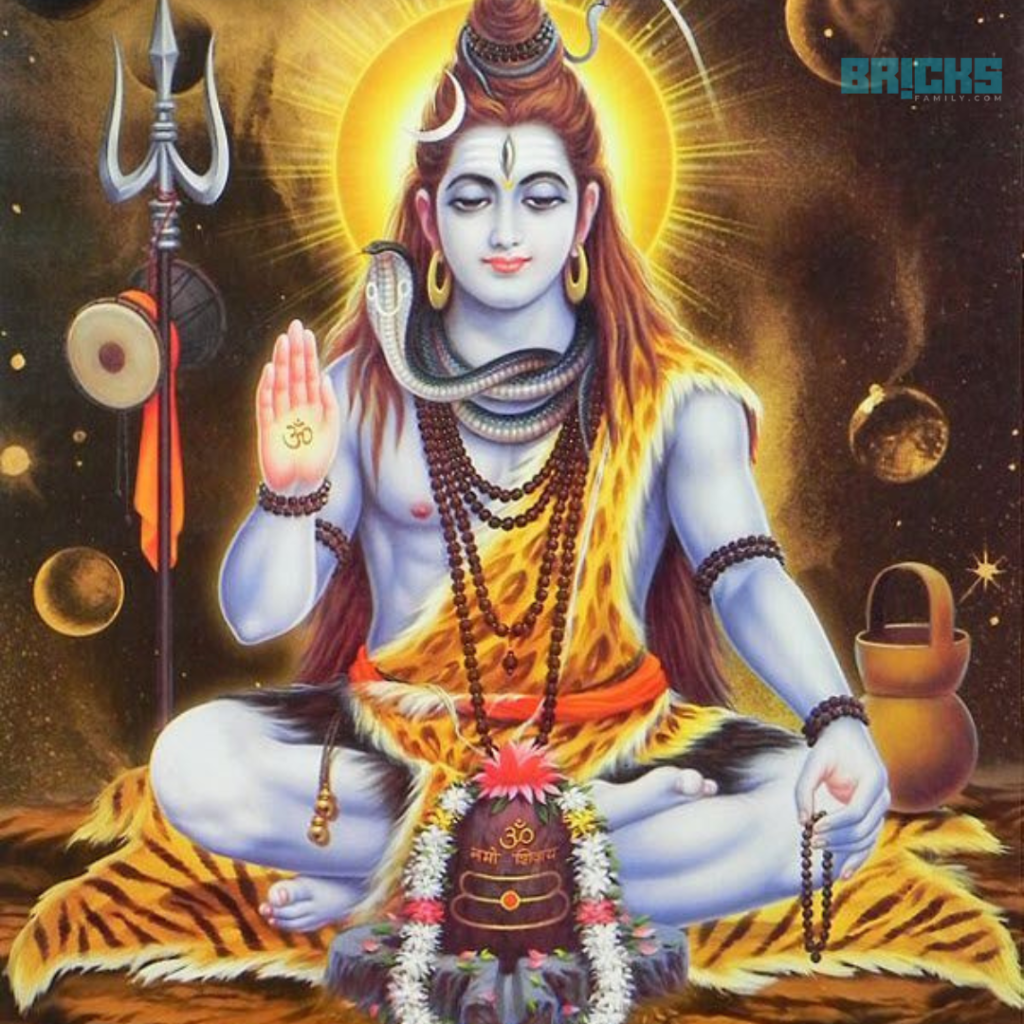
Like other religious holidays, Mahashivratri contains various legends related to various Puranas (early literature). Here are a few of these intriguing tales.
Some writings claim that Lord Shiva performs his cosmic dance, known as Tandava, also known as Tandava Natyam, on Mahashivratri. The purpose of Lord Shiva’s dance is to restore life and death to the planet and to balance out the existential cycle.
Mahashivratri is regarded favourably since it is the day Lord Shiva and Goddess Parvati were wed, according to other scriptures.
According to some Puranas, Mahashivratri is a day for repenting, cleaning up, and becoming nearer to God.
Some Puranas state that on this day, Lord Shiva ingested the poison produced by the ocean and protected the devas. This gave Lord Shiva the name Neelkanth.
Importance of Mahashivratri for Spiritual followers
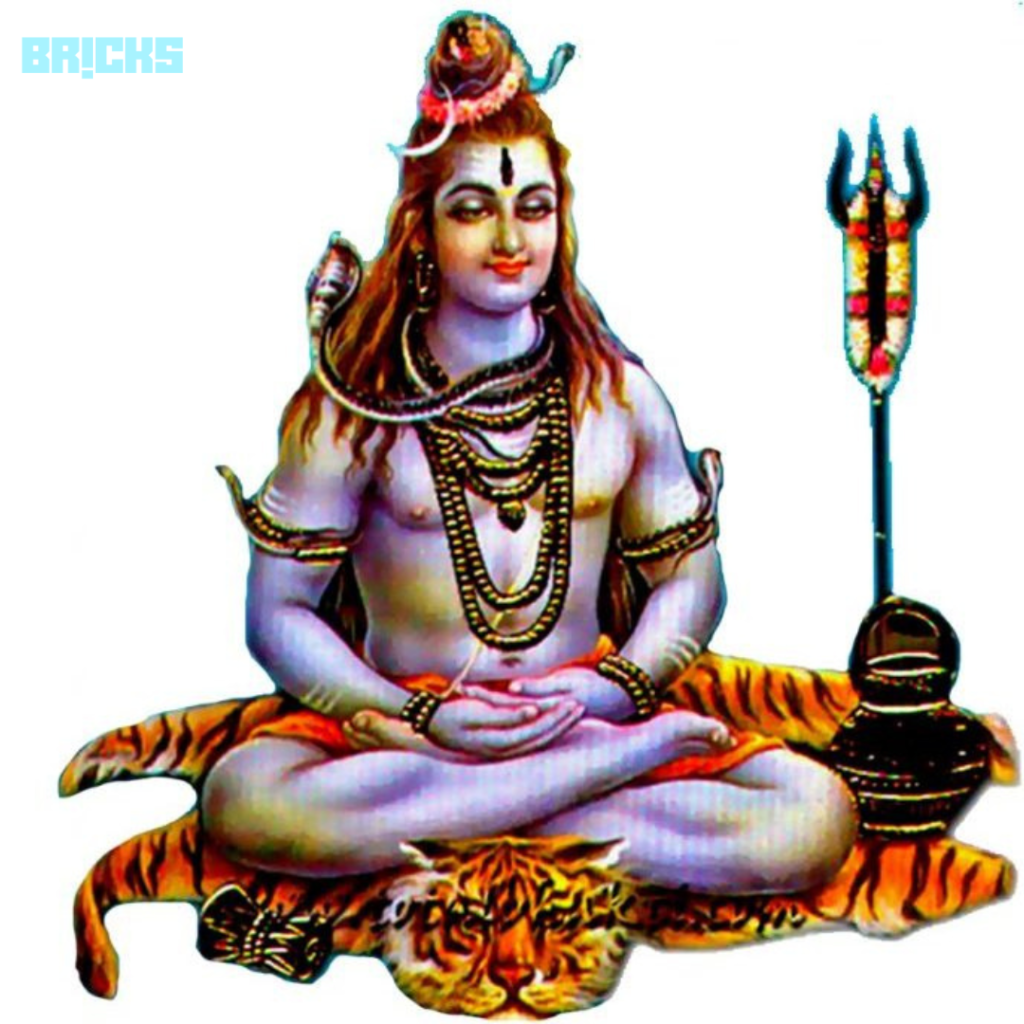
In Hindu culture, some people follow many spiritual paths. Mahashivratri is a significant occasion for each of them.
Mahashivratri is a day when the northern hemisphere of the globe is in a special position, according to spiritual teachers. All living things, therefore, have access to a plentiful source of energy as a result.
These gurus think that individuals can have exceptional spiritual experiences on this day. Numerous religious organizations hold all-night chanting and meditation sessions to encourage people to discover their spiritual inclinations.
Mahashivratri Fast – Significance
Fasting is going without food or liquids for a set amount of time. The Hindu faith has historically encouraged fasting, and due to the health advantages of fasting, many specialists now support this practice. Let’s see in detail Mahashivratri 2023 – Fasting at Home, Story, Difference between Mahashivratri and Shivratri.
The mahashivratri vrat is another name for the fast. This involves fasting for 24 hours, from the festival’s morning to the following day.
The Puranas claim that goddess Parvati grabbed his neck to stop Lord Shiva from ingesting the poison churned from the ocean of milk. She did not eat or drink anything as she clutched his neck for a day and a night. Because this day is known as Mahashivratri, followers of Lord Shiva and Goddess Parvati also observe a fast on this day.
Scientific research has shown that fasting for 24 hours might help the body detoxify and regain balance. It could be challenging to fast for the entire day without food or liquids. This is why people generally fast during Mahashivratri in groups to support one another, chant texts and stay awake without getting hungry or sleepy.
When to Start and Stop Mahashivratri Fast?
The Mahashivratri fast often begins on the day of the celebration and lasts all day and night. Observers break their fast the following morning, after 24 hours. The fasting will start on the morning of February 18 and end on the morning of February 19, 2023.
What can you eat during the Mahashivratri Fast?
While complete fasting on Mahashivratri is advised, it may only sometimes be practical. The following foods and beverages are therefore permitted during the fast.
- Fresh fruits
- Fresh vegetables
- Fruit and vegetable juices
- Milk
- Black or herbal tea
- Coffee
- Yogurt or buttermilk
- Salted (use rock salt or sendha namak) and steamed tapioca
- Cooked sabudana, also known as sago and tapioca pearl
- Dishes made using white pumpkin
Things to Take Care Of When Observing Mahashivratri fast
If this is your first Mahashivratri fast, you must take care of your health throughout the day. Mahashivratri 2023 – Fasting at Home, Story, Difference between Mahashivratri and Shivratri
Due to a lack of meals, you could become weary and dehydrated and experience fainting spells. Restoring electrolyte balance and reducing fatigue can be accomplished by drinking water flavored with salt and sugar.
Others drink coconut water all day to avoid feeling worn out from fasting.
If you feel lightheaded when fasting, consuming some fruit juice or milk is okay. Before undertaking a 24-hour fast, anyone with pre-existing medical concerns needs to consult their doctor and get the go-ahead.
If you eat during the fast, ensure it is wholesome and barely prepared. Meals go well with yoghurt, steamed veggies, or oil-free sabudana khichdi. Steer clear of items that are very hot or greasy.
How to Celebrate Mahashivratri at Home?
Here are steps on how to celebrate Mahashivratri at home.
- Wake up early and take a bath.
- Visit a Shiva temple nearby.
- Try Mahashivratri fast, if possible.
- Find friends or family celebrating Mahashivratri and try observing the day with them.
- Meditation plays a big part in Mahashivratri celebrations.
- Attend the Mahashivratri puja that happens close to your house.
- Stay awake the whole night if you can. You can spend the night chanting mantras, listening to spiritual stories, and visiting temples (many temples remain open the whole night).
Fresh flowers are placed in the puja rooms at homes where Lord Shiva is worshipped. Vilva leaf, also known as bael leaf, is exceedingly auspicious and is dedicated to Lord Shiva if it is discovered in the location where you are staying. Mahashivratri pooja can be performed using these leaves.
On this day, those who don’t fast typically prepare home-cooked meals with dessert and serve them to Lord Shiva before serving the rest of the family.
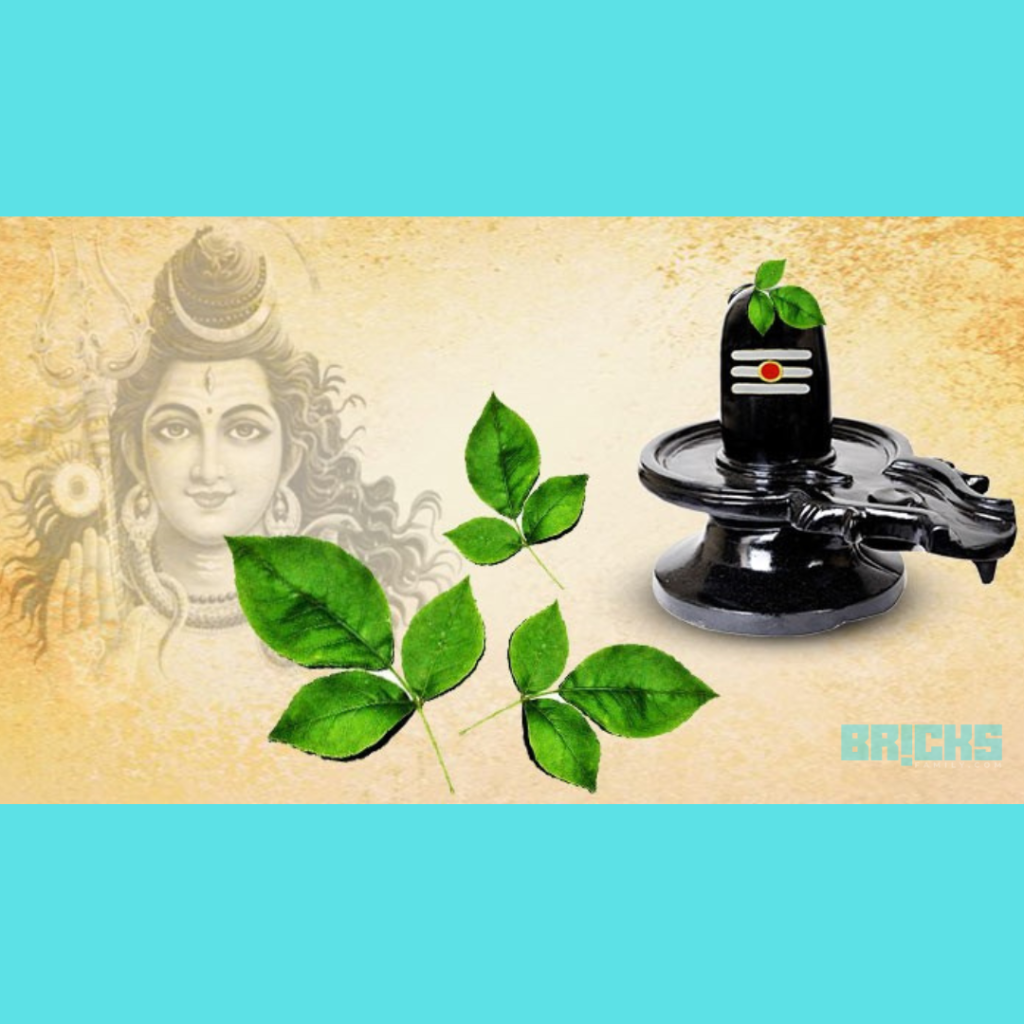
Conclusion to Mahashivratri
A spiritual and religious holiday on Mahashivratri. In addition to requesting Lord Shiva’s blessings, the Mahashivratri fast and mantra chanting can help you feel refreshed and restore harmony to your body and mind. On February 18, 2023, anyone interested in the tradition’s history and culture is welcome to participate.
Also Read: Lohri 2023 – Ideas on How to Celebrate in your Society
Similar Topics: Basant Panchami 2023 Celebrations – Significance & How to Celebrate at Home









